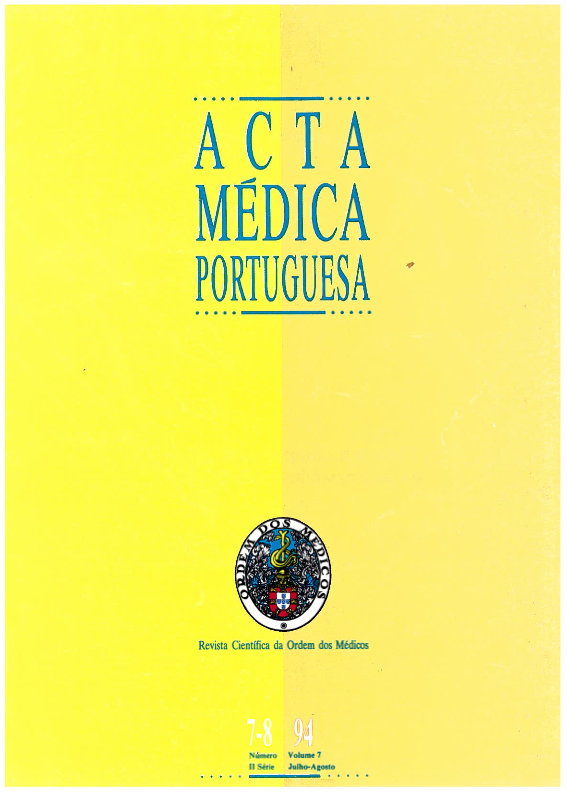The sex distribution of congenital cardiopathies.
DOI:
https://doi.org/10.20344/amp.2942Abstract
For 17 years, 4150 infants and children under 13 years of age with final diagnosis of well defined congenital heart disease were studied and the pattern of sex differences are reported. In general, the sex distribution was equal: 2108 males (50.8%) and 2042 females (49.2%) with a male to female ratio of 1.03. Male sex predominance was marked for the following specific lesions: aortic stenosis (valvar and subvalvular) (70%), coarctation of the aorta (66%), transposition of the great arteries (60%), univentricular heart (76%), tricuspid atresia (63%), Ebstein anomaly (76%), hypoplastic left heart syndrome (85%), vascular rings (77%) and right midventricular stenosis (70%). Female sex predominance was marked for the following specific lesions: Persistent ductus arteriosus (72%), atrioventricular septal defects (62%) supravalvular aortic stenosis (71%) and isolated infundibular pulmonic stenosis (80%). A more balanced sex distribution was confirmed for cases of congenital rubella syndrome with persistent ductus arteriosus as isolated cardiovascular malformation (56%). The Importance to establish the sex dominance is emphasized as predictive of recurrence risk of congenital heart disease.Downloads
Downloads
How to Cite
Issue
Section
License
All the articles published in the AMP are open access and comply with the requirements of funding agencies or academic institutions. The AMP is governed by the terms of the Creative Commons ‘Attribution – Non-Commercial Use - (CC-BY-NC)’ license, regarding the use by third parties.
It is the author’s responsibility to obtain approval for the reproduction of figures, tables, etc. from other publications.
Upon acceptance of an article for publication, the authors will be asked to complete the ICMJE “Copyright Liability and Copyright Sharing Statement “(http://www.actamedicaportuguesa.com/info/AMP-NormasPublicacao.pdf) and the “Declaration of Potential Conflicts of Interest” (http:// www.icmje.org/conflicts-of-interest). An e-mail will be sent to the corresponding author to acknowledge receipt of the manuscript.
After publication, the authors are authorised to make their articles available in repositories of their institutions of origin, as long as they always mention where they were published and according to the Creative Commons license.









